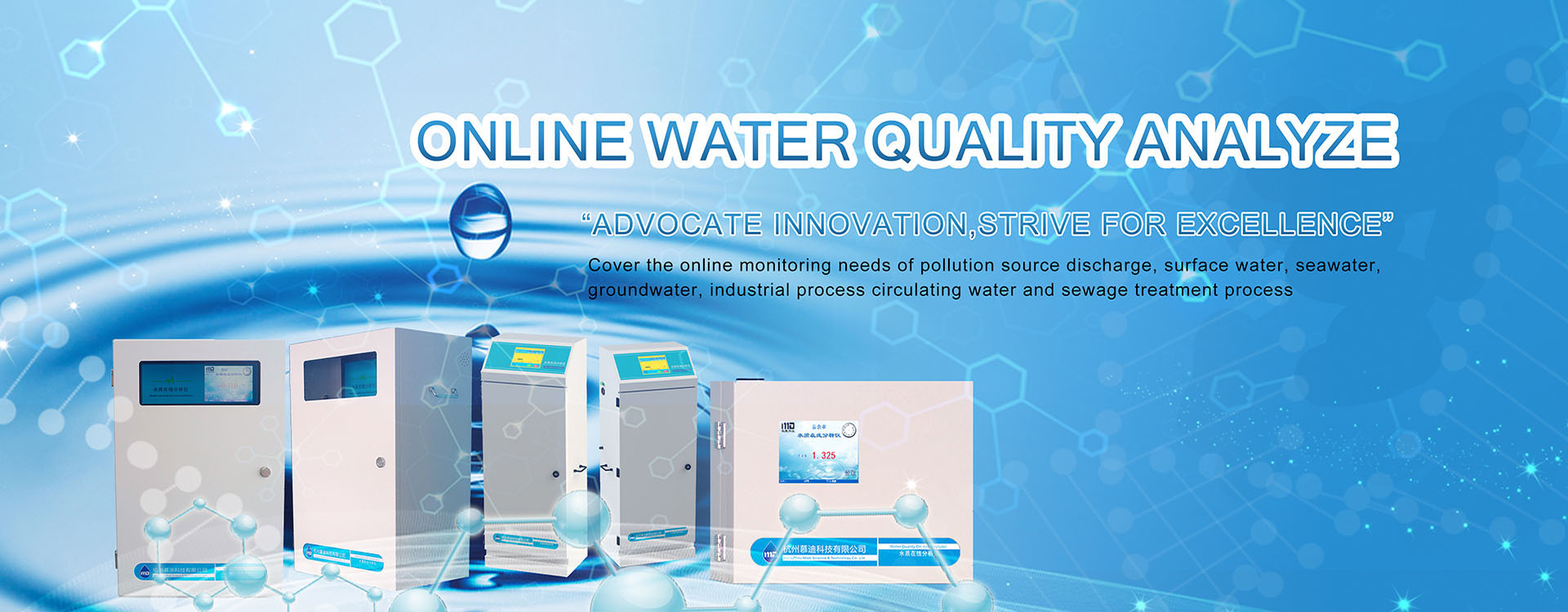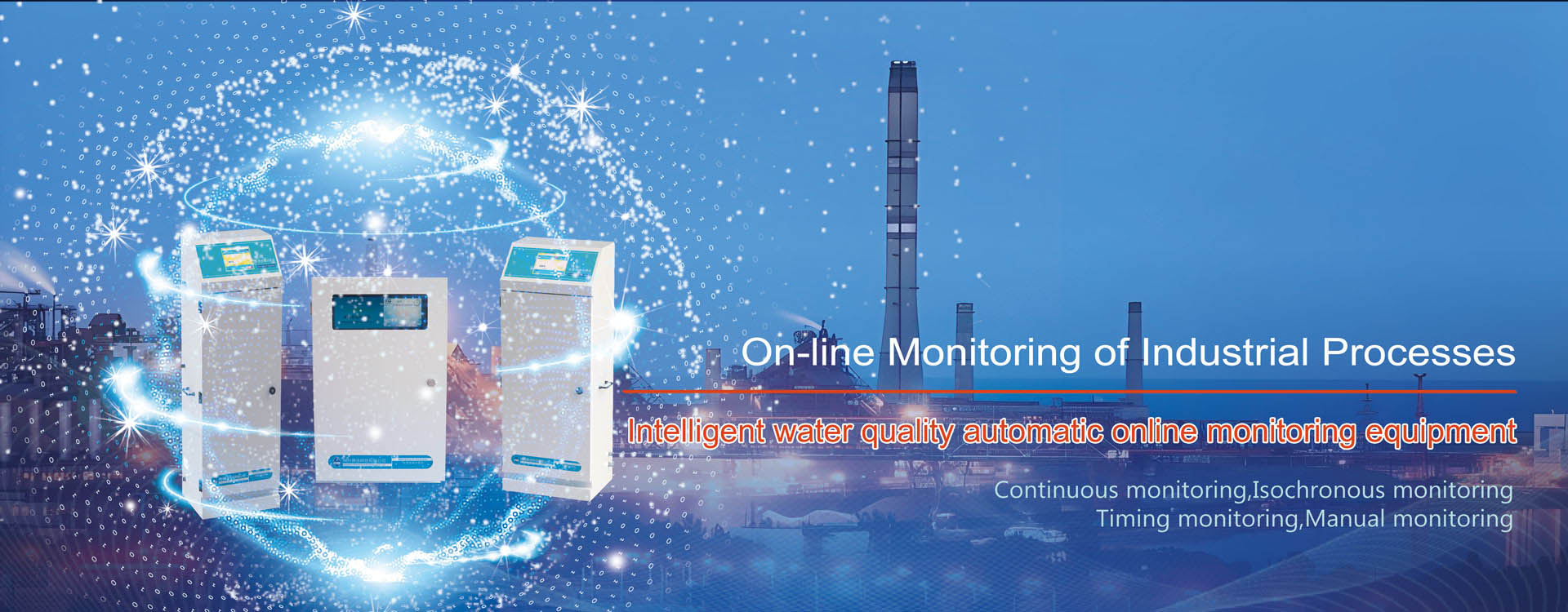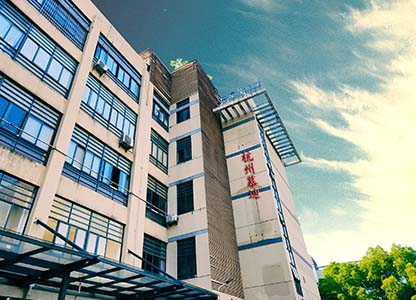I once saw someone ask online what the online monitoring devices in the wastewater treatment system of hospitals are used to monitor? What specific data are there? So today, the editor will study this issue together with everyone.
This online monitoring device is used for online monitoring of medical wastewater. The main detection items include real-time monitoring of indicators such as COD, ammonia nitrogen, total organic carbon, coliform bacteria, total bacterial count, and total residual chlorine. Medical wastewater, apart from common domestic sewage, also contains some chemical substances, radioactive wastewater and pathogens. Therefore, it must be treated before being discharged. The monitoring device here is used in the wastewater treatment process to conduct real-time detection of the wastewater to see if the water quality meets the relevant standards. Only when it is confirmed to be qualified can it be discharged!
COD, ammonia nitrogen, total organic carbon and other such indicators are relatively common and must be monitored in many wastewater and sewage. In medical wastewater, which is highly toxic, the focus is on monitoring coliform bacteria and other substances. As the name suggests, the instrument installed is called: Online Water Quality Coliform Bacteria Analyzer. Another item is total residual chlorine, which is a disinfectant. During the wastewater treatment process, a certain amount of chlorine is added to disinfect the wastewater. However, if the total residual chlorine remaining after disinfection exceeds the standard, it will also be harmful to the human body! So at this point, it is necessary to install an online total residual chlorine analyzer to monitor the changes in total residual chlorine in real time. Before discharging, it is necessary to check whether it meets the relevant standards.
In addition, it should be reminded to the relevant personnel that monitoring devices should not only be installed in the medical wastewater treatment system. Sewage and wastewater from different occasions must be treated and monitored before being discharged. Only after confirming that they meet the standards can they be discharged!




